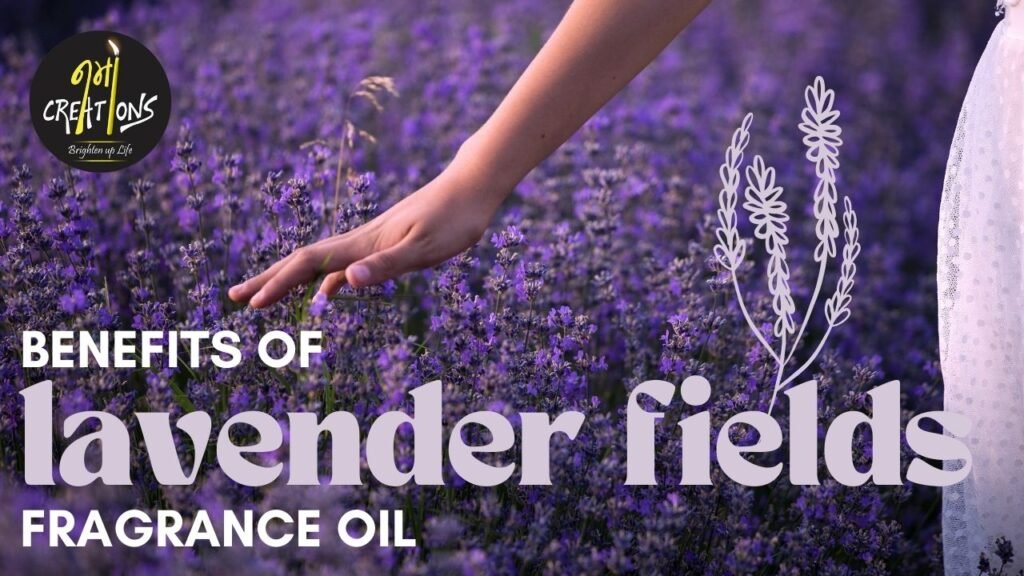Candles have been cherished for centuries, not just for illumination but for their beauty, warmth, and ability to create a soothing ambience. Whether you’re making scented candles, decorative pieces, or functional ones, one element plays the most critical role in how a candle burns, the candle wick.
The wick may seem like a small detail, but it directly affects burn time, flame size, fragrance throw, soot levels, and the overall performance of your candle. In fact, choosing the wrong wick can result in tunneling, mushrooming, uneven burning, or wasted wax.
In this detailed guide, we’ll cover everything you need to know about Candle Wicks, their types, uses, and most importantly, how to choose the right one for your candle-making project.
Why Candle Wicks Matter
The wick acts as the “engine” of a candle. When lit, it draws melted wax (the fuel) upward by capillary action and vaporizes it to keep the flame alive. Without the right wick, even the highest-quality wax and fragrance oils can’t perform well.
Here are some reasons why candle wicks are crucial:
- Control the flame – Too small a wick = weak flame, too large = smoking flame.
- Determines burn time – Wicks regulate how quickly wax is consumed.
- Affects fragrance throw – Strong fragrance release needs the right melt pool, influenced by wick size and material.
- Prevents problems – Issues like tunneling, soot, mushrooming, or drowning occur from wick mismatches.
Simply put, your candle wick decides whether your candle is a masterpiece—or a disappointment.
Different Types of Candle Wicks
Candle wicks come in various materials, sizes, and designs. Let’s break down the most commonly used ones:
1. Cotton Wicks
Cotton wicks are the most widely used type, often braided, knitted, or twisted for better capillary action. They are known for clean, consistent burning.
- Best For: Container candles, pillars, tealights, soy candles.
- Pros: Natural, reliable, minimal mushrooming.
- Cons: Need correct sizing for optimal performance.
2. Wooden Wicks
Made from natural wood (like cherry, maple, or birch), wooden wicks create a cozy crackling sound, replicating the feel of a fireplace.
- Best For: Luxury candles, Soy Wax Candles, aromatherapy candles.
- Pros: Unique crackle sound, modern aesthetic.
- Cons: Can be harder to light, needs trimming.
3. Zinc-Core Wicks
These cotton wicks have a zinc core for stability, making them stand upright even in liquid wax.
- Best For: Container candles, votives, tealights.
- Pros: Burns cooler, consistent flame.
- Cons: Not always eco-friendly due to metal core.
4. Paper-Core Wicks
Similar to zinc-core but with a paper filament, giving a stronger, hotter burn.
- Best For: Paraffin candles, heavily scented candles.
- Pros: Good for large-diameter candles, steady flame.
- Cons: Can create carbon build-up if oversized.
5. Hemp Wicks
Made from natural hemp fibers, these wicks are eco-friendly and burn slowly.
- Best For: Organic candles, beeswax candles.
- Pros: Sustainable, chemical-free, long-lasting.
- Cons: Can curl or mushroom if not properly sized.
6. CD (Stabilo) Wicks
A type of flat-braided cotton wick with paper threads, designed for even burning.
- Best For: Soy wax, palm wax, and paraffin blends.
- Pros: Strong capillary action, reduced mushrooming.
- Cons: Needs correct wick size testing.
7. ECO Wicks
Made with organic cotton and paper filaments, these are designed for natural waxes like soy and palm.
- Best For: Eco-friendly candles, container candles.
- Pros: Self-trimming, less soot, sustainable.
- Cons: May not suit very large-diameter candles.
Factors to Consider When Choosing Candle Wicks
Choosing the right wicks isn’t just about the material—it depends on several other factors:
1. Type of Wax
- Soy wax – Works best with cotton, ECO, or wooden wicks.
- Paraffin wax – More flexible, works with cotton, paper, or zinc-core wicks.
- Beeswax – Hemp or thick cotton wicks are ideal.
2. Candle Diameter
The wider the candle, the larger the wick you need. For instance:
- 2-inch diameter – Small wick.
- 3–4 inch diameter – Medium to large wick.
- 4+ inch diameter – Multiple wicks may be required.
3. Additives & Fragrance Oils
Heavy fragrance oils or dyes can clog a wick, so choosing a wick with strong capillary action (like CD or paper-core) ensures better burn.
4. Burning Style Desired
- Want slow-burning, long-lasting candles? Choose smaller wicks.
- Want a strong fragrance throw? Use slightly larger wicks for a deeper melt pool.
- Want an aesthetic crackle effect? Choose wooden wicks.
5. Candle Type
- Container candles – Cotton, wooden, or ECO wicks.
- Pillar candles – Cotton or hemp wicks.
- Tealights – Zinc-core or paper-core.
- Luxury candles – Wooden wicks for premium appeal.
Common Candle Wick Problems (and Fixes)
Even with the right wick, issues can arise. Here are some common problems and solutions:
1. Mushrooming Wick
- Cause: Wick too large or wax burning too fast.
- Fix: Use a smaller wick, trim wick to ¼ inch.
2. Tunneling Candle
- Cause: Wick is too small, melts only the center.
- Fix: Use a larger wick or double-wick wide candles.
3. Smoking Candle
- Cause: Oversized wick, or candle placed in drafty area.
- Fix: Trim wick, choose smaller size.
4. Wick Drowning in Wax
- Cause: Wick too small, not enough heat.
- Fix: Switch to a thicker wick, or use multiple wicks.
How to Test Candle Wicks
Even with guidelines, testing is essential. Here’s how:
- Make test candles with different wick sizes.
- Burn for 2–3 hours to check the melt pool and flame stability.
- Observe fragrance throw—too weak? Try a bigger wick. Too smoky? Try a smaller wick.
- Record results and adjust accordingly.
Testing ensures your candle delivers the perfect balance of burn time, fragrance, and safety.
Best Practices for Candle Wicks
- Always trim your wick to ¼ inch before each burn.
- Use wick stickers or glue to secure wicks in jars.
- For wide candles, use multiple wicks.
- Choose eco-friendly wicks if sustainability matters.
- Never ignore wick testing—it’s the secret to professional candle-making.
FAQs About Candle Wicks
Q1. What is the best wick for soy candles?
Cotton, ECO, or wooden wicks work best with soy wax due to their clean and consistent burn.
Q2. How do I stop my candle wick from mushrooming?
Trim the wick before each burn and ensure you’re using the correct wick size for your wax and jar diameter.
Q3. Can I use multiple wicks in one candle?
Yes, especially for large-diameter candles (4+ inches). It ensures even burning and prevents tunneling.
Q4. Do wooden wicks burn longer than cotton wicks?
Not necessarily. Wooden wicks provide ambiance with crackling sounds, but cotton wicks usually last longer depending on size.
Q5. Why does my candle wick keep going out?
The wick may be too small, clogged with fragrance oil, or drowning in wax. Switching to a larger wick often solves this.
Final Thoughts
Candle wicks may be small, but they’re the heart of your candle. The right wick ensures a safe, even, and fragrant burn—while the wrong wick can ruin the experience altogether.
Whether you’re making candles for personal use or as part of your business, always test your wicks with your chosen wax, fragrance oils, and jar size. By understanding the different types of candle wicks, their uses, and how to choose the right one, you’ll craft candles that not only look beautiful but also perform perfectly.
At Namo Creations, we specialize in providing high-quality candle-making supplies, including premium wicks, wax, fragrance oils, and jars—everything you need to create candles that stand out.


